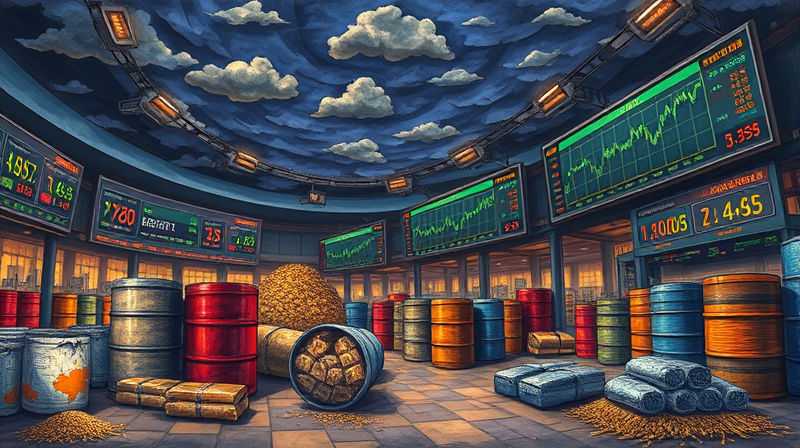
June 2025 marked a turning point in the nation’s economic mood as Americans reported a renewed sense of optimism about the future. After six consecutive months of decline, sentiment surged in June, offering a glimmer of hope for households, businesses, and policymakers alike.
This rebound reflects a complex blend of cautious relief and lingering concerns, underscoring how closely consumers monitor both day-to-day costs and broader economic trends.
In June, the University of Michigan’s Consumer Sentiment Index climbed to 60.5, the highest reading since February. This jump represents the first monthly improvement in six months and a striking 16% increase from May.
Despite this progress, sentiment remains about 20% below December 2024 levels, when a post-election boost briefly lifted consumer moods. Compared to June 2024, sentiment is still down by over 11%, highlighting how far the recovery still has to go.
The June rebound was broad-based, touching all five core components of the Michigan index. The most pronounced gains occurred in expectations for both short- and long-term business conditions, suggesting that many Americans feel tariff-related anxieties are easing.
These improvements were reflected across age, income, wealth, political affiliation, and geographic groups, illustrating the broad-based across all demographic groups nature of the recovery.
Not all aspects of sentiment recovered equally. Consumers’ views of their current finances, buying conditions for major purchases, and the stock market’s performance remain well below December 2024 levels. Many respondents continue to express unease about the trajectory of the economy.
These hesitations reinforce that, while sentiment has improved, Americans still approach spending decisions with caution.
The Conference Board’s Consumer Confidence Index experienced its own swings. After rebounding to 98.0 in May, it fell back to 93.0 in June, erasing nearly half of May’s gains. The Expectations Index dropped below the recession-warning threshold of 80, settling at 69.0.
This divergence highlights how the Michigan index emphasizes broader economic perceptions, while the Conference Board places more weight on labor market conditions and immediate income outlooks.
As Stephanie Guichard of The Conference Board observed, consumer confidence “weakened in June, erasing almost half of May’s sharp gains.”
The following table summarizes the most critical data points from June:
While broad economic indicators remain robust—characterized by low unemployment, steady wage growth, and moderating inflation—many households still feel the pinch of high prices and economic uncertainty.
This disconnect between perception and reality suggests that policymakers and business leaders must do more than stabilize markets; they must also reinforce public trust.
Looking ahead, sustaining this renewed optimism will require coordinated efforts on multiple fronts. Transparent communication from policymakers about fiscal and trade policies can help reduce uncertainty.
Business leaders can contribute by demonstrating sustained consumer confidence gains through strategic investments in price stability, workforce development, and community outreach.
As we enter the second half of 2025, the Sixty Point Five milestone is both a cause for celebration and a reminder of the work ahead. The latest data affirm that while Americans remain hopeful, they will continue to scrutinize economic signals before opening their wallets.
In this delicate balance between optimism and caution, understanding the drivers of sentiment—and the barriers to full recovery—will be key to nurturing a resilient, thriving economy.
References













